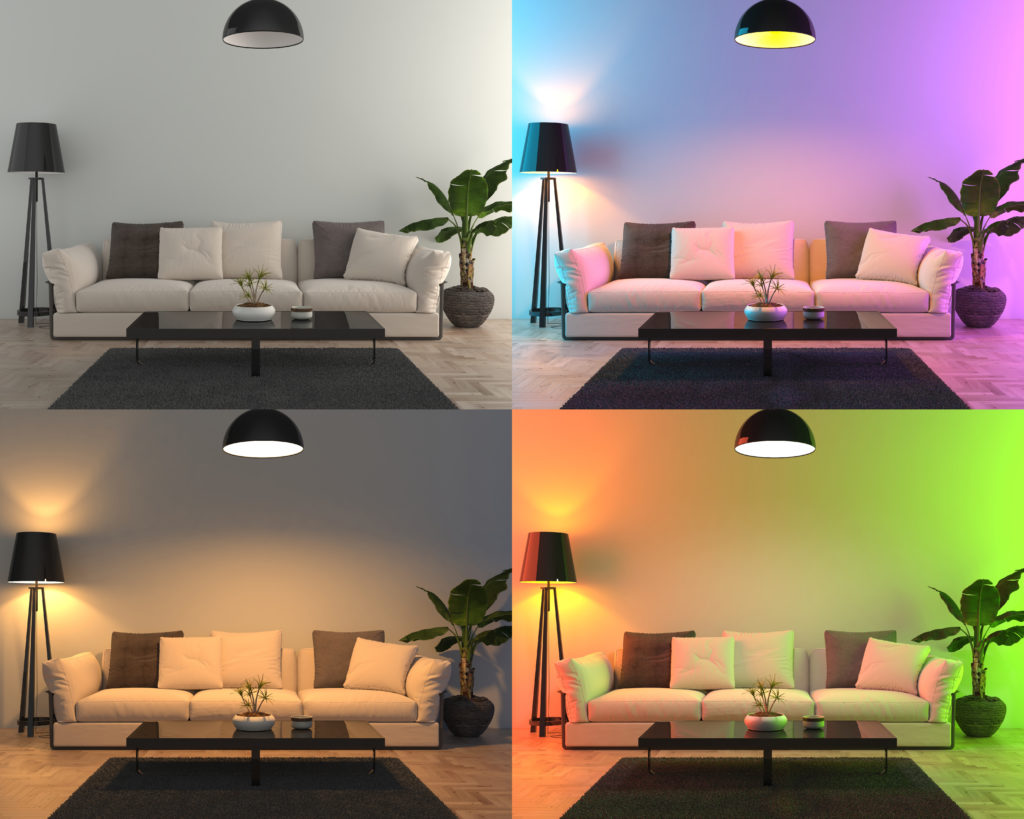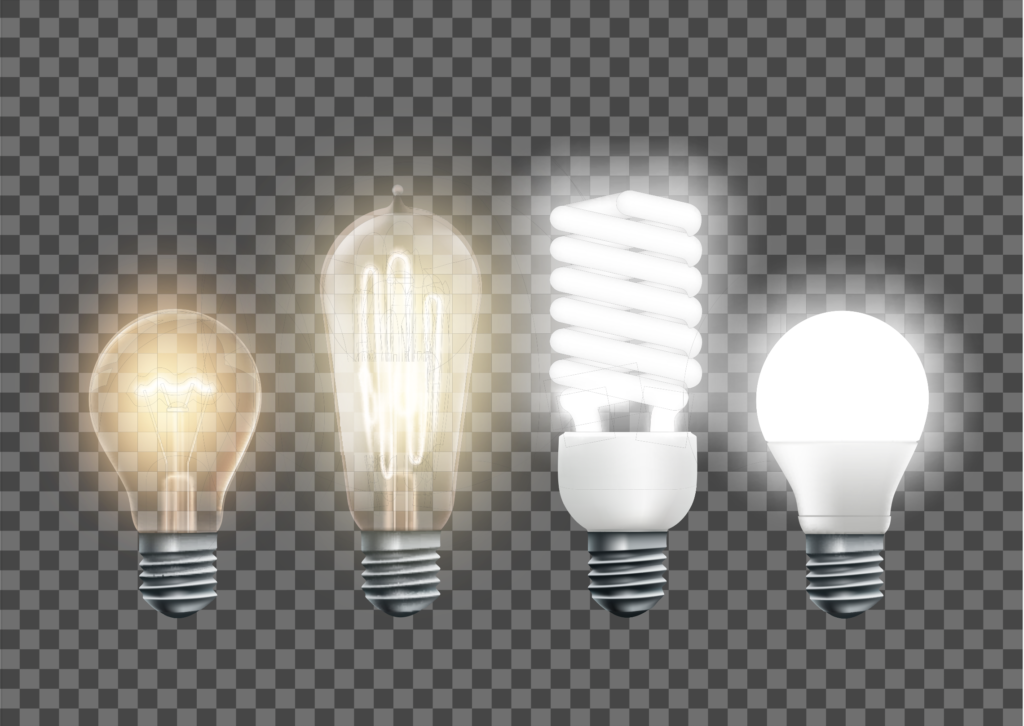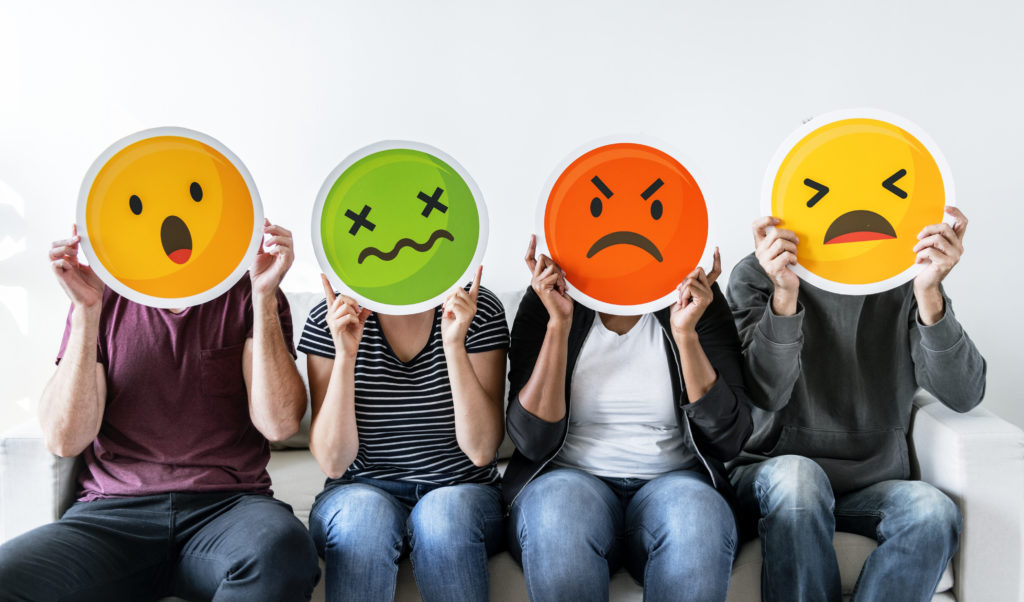LIGHT
Light can significantly affect one’s mood, usually in a good way.
Dim lighting can be used to feel cozy or secluded when personal space is needed, or to cuddle up to watch a movie. This type of soft lighting, referred to as ambient light, can help with relaxation and even draw people closer together. Another lighting technique used to manipulate moods is to use a very bright light. Bright lighting makes people feel energized, and it also helps one to see clearly when completing a task. This benefit of bright lighting directly relates to its name, task lighting.
The intensity of light is used in different ways. If one wants to get something done, having a light with a brighter/cool hue stimulates the senses and gives out energy. On the other hand, for a more relaxing vibe, using a softer/warm-colored light can help to unwind.

The most common lighting has a white or yellow hue. However, lighting can come in all colors, and there are certain types like LED lights which can project multiple colors.


COLOR
Many of us associate color with different emotions. For example, when thinking of a color that is used to show sadness, what color would it be? Blue, right? There are more colors associated with moods like anger (red), happiness (yellow), disgust (green), etc. Choosing color intensity carefully can also influence the state of mind. For example, some softer shades might make individuals feel calm, while other brighter ones may increase excitement.

The human eyes are naturally drawn to items with color rather than no color. Influencing personal life with colors that make one feel good can leave them feeling more positive overall.
By Kiera Gulley

